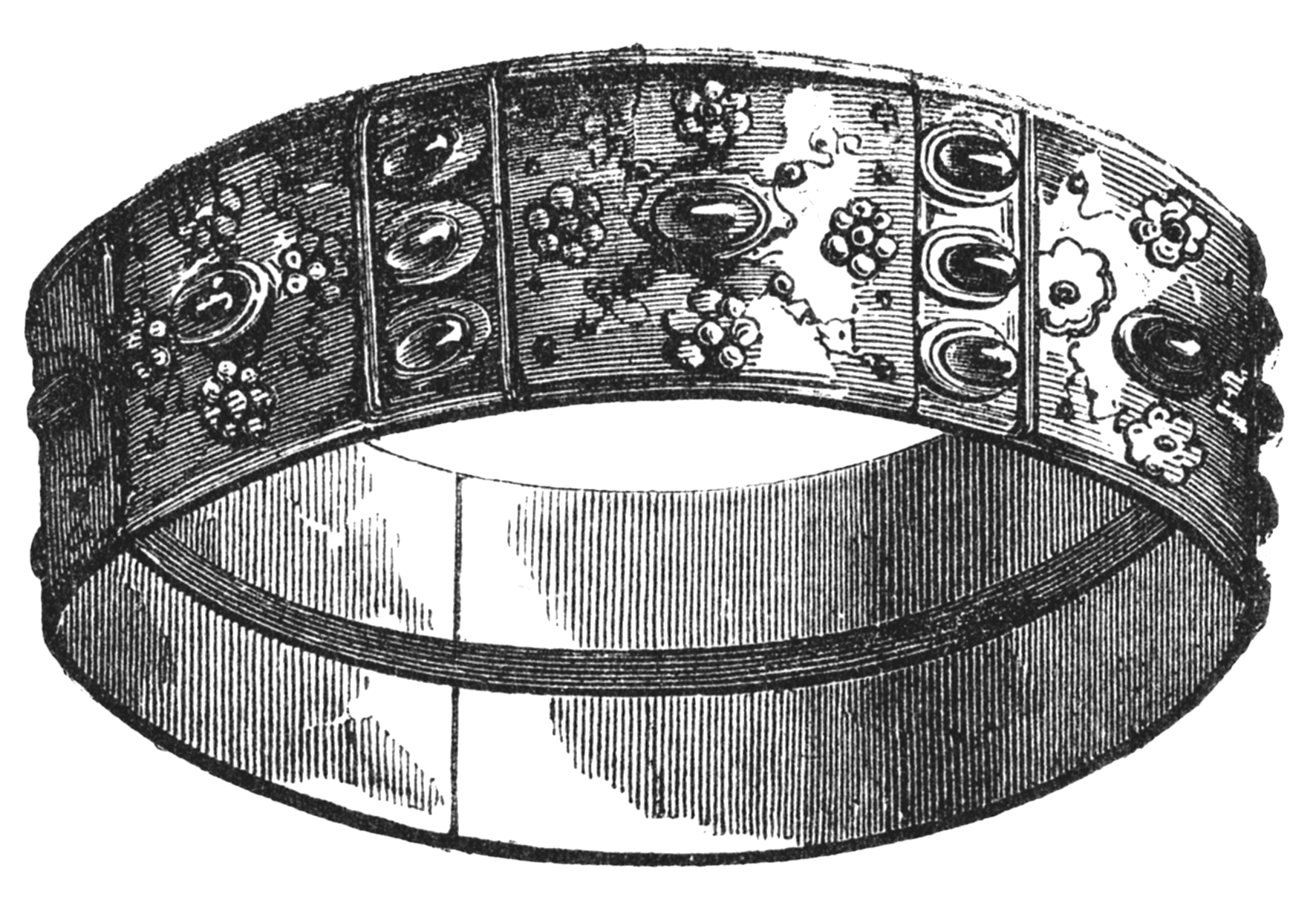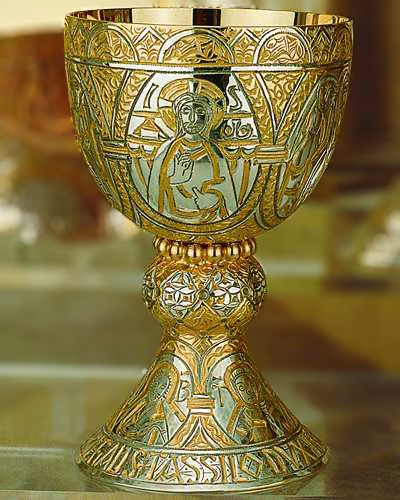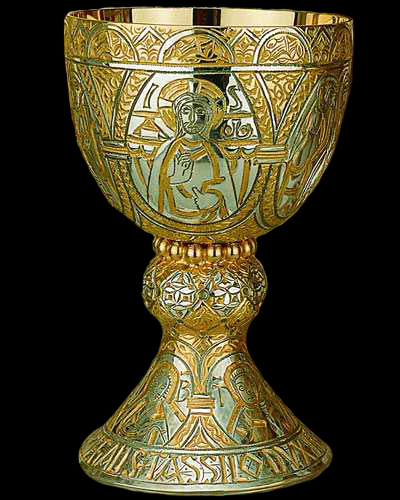|
Hiltrud
Hiltrud (born c. 716 died 754), was a Duchess consort of Bavaria. Pierre Riché, Les Carolingiens, une famille qui fit l'Europe, Paris, Hachette, coll. « Pluriel », 1983 (réimpr. 1997), 490 p. ( She was regent of Bavaria for her minor son in 748-754. She was a daughter of Charles Martel and Rotrude of Treves. She married Odilo I of Bavaria Bavaria ( ; ), officially the Free State of Bavaria (german: Freistaat Bayern, link=no ), is a state in the south-east of Germany. With an area of , Bavaria is the largest German state by land area, comprising roughly a fifth of the total lan .... After his death in 748, she became regent for her son Tassilo. She died in 754, when the boy turned 13. References Medieval Lands Project on Chiltrudis, daughter of Charles Martel 754 deaths Women of medieval Germany 8th-century women rulers Year of birth unknown {{Germany-noble-stub ... [...More Info...] [...Related Items...] OR: [Wikipedia] [Google] [Baidu] |
Charles Martel
Charles Martel ( – 22 October 741) was a Frankish political and military leader who, as Duke and Prince of the Franks and Mayor of the Palace, was the de facto ruler of Francia from 718 until his death. He was a son of the Frankish statesman Pepin of Herstal and Pepin's mistress, a noblewoman named Alpaida. Charles, also known as "The Hammer" (in Old French, ''Martel''), successfully asserted his claims to power as successor to his father as the power behind the throne in Frankish politics. Continuing and building on his father's work, he restored centralized government in Francia and began the series of military campaigns that re-established the Franks as the undisputed masters of all Gaul. According to a near-contemporary source, the ''Liber Historiae Francorum'', Charles was "a warrior who was uncommonly ..effective in battle". Martel gained a very consequential victory against an Umayyad invasion of Aquitaine at the Battle of Tours, at a time when the Umayyad Caliphate ... [...More Info...] [...Related Items...] OR: [Wikipedia] [Google] [Baidu] |
Rotrude Of Hesbaye
{{Infobox noble, type , name = Rotrude of Hesbaye , title = , image = , caption = , alt = , CoA = , more = no , succession = , reign = , reign-type = , predecessor = , successor = , suc-type = , spouse = Charles Martel , spouse-type = , issue = {{startplainlist * Carloman * Pepin * Hiltrud * Landrade * Auda {{endplainlist , issue-link = , issue-pipe = , full name = , styles = , titles = , noble family = , house-type = , father = , mother = , birth_date = , birth_place = , christening_date = , christening_place = , death_date = 724 , death_place = , burial_date = , burial_place = , religion = , occupation = , memorials ... [...More Info...] [...Related Items...] OR: [Wikipedia] [Google] [Baidu] |
Odilo Of Bavaria
Odilo, also Oatilo or Uatilo (died 18th January 748) of the Agilolfing dynasty was Duke of Bavaria from 737 until his death in 748. He had the ''Lex Baiuvariorum'' compilation edited, the first ancient Germanic law collection of the Bavarians. Odilo by his Agilolfing descent was an Alemannic nobleman, a son of Duke Gotfrid (d. 709) whom he succeeded in Thurgau until 737, when with the death of Hugbert of Bavaria the older line of the dynasty became extinct and he inherited the rulership of the Duchy of Bavaria. Odilo presided over the establishment of bishoprics in Bavaria in 739, when the four dioceses of Regensburg, Freising, Passau, and Salzburg were established by St. Boniface, who in 741 also founded the Diocese of Würzburg in adjacent Franconia. His measures sparked a revolt by Bavarian nobles and the duke temporarily had to seek refuge at the court of the Frankish Mayor of the Palace Charles Martel. In 741, Odilo married Charles Martel's daughter Hiltrud, but upon the ... [...More Info...] [...Related Items...] OR: [Wikipedia] [Google] [Baidu] |
List Of Bavarian Consorts
There have been three kinds of Bavarian consorts in history, Duchesses, Electresses and Queens. Most consorts listed are Duchesses. The first ever consort of Bavaria was Waldrada in the 6th century. The final consort was Maria Theresa of Austria-Este (1849–1919), Maria Theresia of Austria-Este in 1913. The longest serving House was the Wittelsbach Dynasty, who played a major role in Bavarian History. During the medieval period under the Wittelsbach Dynasty, Bavaria was split into two parts, Upper and Lower Bavaria. This meant that there may have been more than one Duchess of Bavaria at the same time, due to messy inheritance among heirs. Three of the break-away Wittelsbach families were: Landshut, Munich and Ingolstadt. Since 555 there have been 99 Bavarian consorts: 78 duchesses, 11 queens, 10 electresses and one margravine. The number doesn't add up because Elizabeth of Lorraine and Caroline of Baden, held two titles. There was a few consort that married twice usually their ... [...More Info...] [...Related Items...] OR: [Wikipedia] [Google] [Baidu] |
Liutperga
Liutperga (Liutpirc) (fl 750 - fl. 793) was a Duchess of Bavaria by marriage to Tassilo III, the last Agilolfing Duke of Bavaria. She was the daughter of Desiderius, King of the Lombards, and Ansa. Duchess of Bavaria She was married to Tassilo at some point prior to 770, possibly in 763, to confirm the traditional alliance between Lombardy and Bavaria. The couple had four sons: Theodo, Cotani, Hrodrud and Theodebert. Political agency It has been argued that Liutperga resented the Frankish king Charlemagne. This argument is based on both the supposed repudiation of his marriage to Liutperga's sister Desiderata and his subsequent destruction of the Kingdom of Lombardy and imprisonment of her parents. Liutperga played an apparently major role in her husband's opposition to Charlemagne. Frankish annals references to Liutperga suggest this. The Annales Mettense Priores refer to her as Tassilo's "wicked wife" and the Revised Royal Frankish Annals refer to the Liutperga's "urging" ... [...More Info...] [...Related Items...] OR: [Wikipedia] [Google] [Baidu] |
754 Deaths
__NOTOC__ Year 754 ( DCCLIV) was a common year starting on Tuesday (link will display the full calendar) of the Julian calendar. The denomination 754 for this year has been used since the early medieval period, when the Anno Domini calendar era became the prevalent method in Europe for naming years. Events By place Europe * July – Stephen II anoints Pepin's sons, Charles (later known as Charlemagne) and Carloman, consecrating them as patricians. At Quierzy he proclaims the Carolingian Dynasty holy, and appeals for help against the Lombards. Finally, the Frankish nobles give their consent to a campaign in Lombardy. * July 28 – Pope Stephen II re-consecrates Pepin III (the Short) as king of the Franks, at the Basilica of Saint-Denis outside Paris, bestowing upon him the additional title of Patricius of the Romans. This marks the first recorded crowning of a civil ruler by a pope. Pepin assumes the role of ordained protector of the Catholic Church. * Summ ... [...More Info...] [...Related Items...] OR: [Wikipedia] [Google] [Baidu] |
Bavaria
Bavaria ( ; ), officially the Free State of Bavaria (german: Freistaat Bayern, link=no ), is a state in the south-east of Germany. With an area of , Bavaria is the largest German state by land area, comprising roughly a fifth of the total land area of Germany. With over 13 million inhabitants, it is second in population only to North Rhine-Westphalia, but due to its large size its population density is below the German average. Bavaria's main cities are Munich (its capital and largest city and also the third largest city in Germany), Nuremberg, and Augsburg. The history of Bavaria includes its earliest settlement by Iron Age Celtic tribes, followed by the conquests of the Roman Empire in the 1st century BC, when the territory was incorporated into the provinces of Raetia and Noricum. It became the Duchy of Bavaria (a stem duchy) in the 6th century AD following the collapse of the Western Roman Empire. It was later incorporated into the Holy Roman Empire, became an ind ... [...More Info...] [...Related Items...] OR: [Wikipedia] [Google] [Baidu] |
Tassilo III Of Bavaria
Tassilo III ( 741 – c. 796) was the duke of Bavaria from 748 to 788, the last of the house of the Agilolfings. The Son of Duke Odilo of Bavaria and Hitrud, the Daughter of Charles Martell. Tassilo, then still a child, began his rule as a Frankish ward under the tutelage of his uncle, the Carolingian Mayor of the Palace Pepin the Short (later king) after Tassilo's father, Duke Odilo of Bavaria, had died in 748 and Pepin's half-brother Grifo had tried to seize the duchy for himself. Pepin removed Grifo and installed the young Tassilo as duke, but under Frankish overlordship in 749. Then, in 757, according to the ''Royal Frankish Annals'', Tassilo became Pepin's vassal and the lord for his lands at an assembly held at Compiegne. There, he is reported to have sworn numerous oaths to Pepin and, according to reports that may have been written much later, promised fealty to him and his sons, Charles and Carloman. However, the highly legalistic account is quite out of character for t ... [...More Info...] [...Related Items...] OR: [Wikipedia] [Google] [Baidu] |
Biltrude
Pilithrude (8th century – d. between 725 and 730) was a Duchess consort of Asti by marriage to Theobald of Bavaria and Grimoald of Bavaria Grimoald (or Grimwald) (died 725) was the duke of Bavaria from about 715 to his death. He was the youngest of the four sons of Theodo of Bavaria and his wife Folchaid and the uncle of Swanachild, the second wife of Charles Martel. At first, he ....Bosl E. Grimoald (Crimolt) // Bosl’s Bayerische Biographie. — Regensburg: Verlag Friedrich Pustet, 1983. — Bd. 1. — S. 275. — . She married her former brother-in-law in 719. The marriage was extremely controversial in the eyes of the Catholic Church and resulted in the church refusing to acknowledge Grimoald's rule. References {{Reflist 8th-century Italian women Duchesses of Bavaria 8th-century births 8th-century deaths ... [...More Info...] [...Related Items...] OR: [Wikipedia] [Google] [Baidu] |
Women Of Medieval Germany
A woman is an adult female human. Prior to adulthood, a female human is referred to as a girl (a female child or adolescent). The plural ''women'' is sometimes used in certain phrases such as "women's rights" to denote female humans regardless of age. Typically, women inherit a pair of X chromosomes, one from each parent, and are capable of pregnancy and giving birth from puberty until menopause. More generally, sex differentiation of the female fetus is governed by the lack of a present, or functioning, SRY-gene on either one of the respective sex chromosomes. Female anatomy is distinguished from male anatomy by the female reproductive system, which includes the ovaries, fallopian tubes, uterus, vagina, and vulva. A fully developed woman generally has a wider pelvis, broader hips, and larger breasts than an adult man. Women have significantly less facial and other body hair, have a higher body fat composition, and are on average shorter and less muscular than men. Thro ... [...More Info...] [...Related Items...] OR: [Wikipedia] [Google] [Baidu] |
8th-century Women Rulers
The 8th century is the period from 701 ( DCCI) through 800 ( DCCC) in accordance with the Julian Calendar. The coast of North Africa and the Iberian Peninsula quickly came under Islamic Arab domination. The westward expansion of the Umayyad Empire was famously halted at the siege of Constantinople by the Byzantine Empire and the Battle of Tours by the Franks. The tide of Arab conquest came to an end in the middle of the 8th century.Roberts, J., ''History of the World'', Penguin, 1994. In Europe, late in the century, the Vikings, seafaring peoples from Scandinavia, begin raiding the coasts of Europe and the Mediterranean, and go on to found several important kingdoms. In Asia, the Pala Empire is founded in Bengal. The Tang dynasty reaches its pinnacle under Chinese Emperor Xuanzong. The Nara period begins in Japan. Events * Estimated century in which the poem Beowulf is composed. * Classical Maya civilization begins to decline. * The Kombumerri burial grounds are founded. * ... [...More Info...] [...Related Items...] OR: [Wikipedia] [Google] [Baidu] |




.jpg)
